What is grit and where is it used?
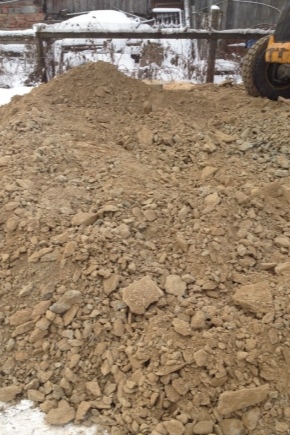
Currently, for various construction work, including laying, a variety of rocks are used. Many of them have important characteristics, they can easily tolerate high levels of humidity, mechanical stress, and temperature extremes. The grit breed is gaining more and more popularity. You should know about the main features of this material, as well as about the areas in which it is most often used.
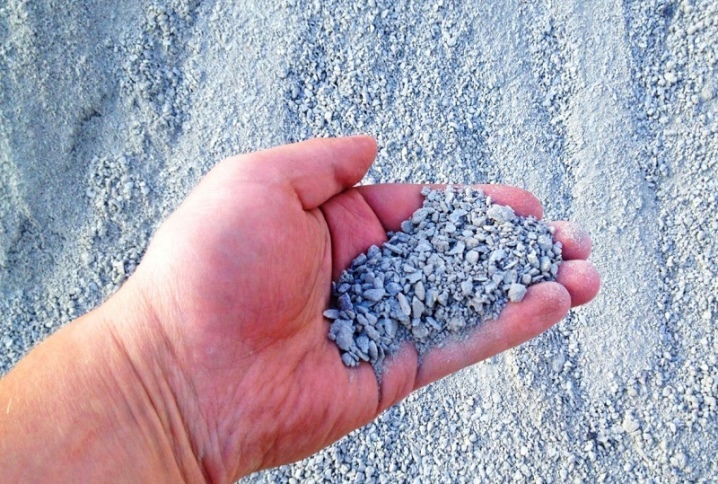
What it is?
Dresva is a special rock, which belongs to the sedimentary variety. It looks like a simple mineral composition formed as a result of mechanical destruction of rocks.
Dresva can be formed under the influence of temperature changes, heavy precipitation. The material can be formed both in natural conditions and with special processing of the stone. Natural deposits, as a rule, are superficial compacted. On the geological section, they will be layered.
- The top layer is a gravel soil with small particles that look very similar to ordinary sand.
- The lower layer includes larger elements. At the very base, as a rule, there are crushed stone and detrital stones.
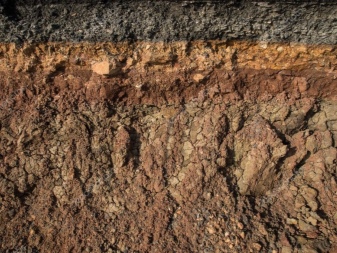
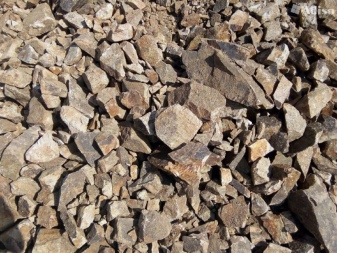
This rock is obtained most often from fairly hard components, including granite and pegmatite elements. In the process of grit formation, its particles acquire a porous structure. But at the same time, the middle remains as firm as possible. This relatively cheap and affordable material is used in various fields of construction.
The cost of such materials can vary considerably. It will largely depend on the specific properties of the raw materials and on the mining method. The more difficult the process of removing elements from the quarry, and the more durable they turn out to be, the higher the price for them will be. It should be noted that in any case, the cost of grit will be slightly lower compared to crushed stone.
On average, today it is about 200-230 rubles per 1 m3.
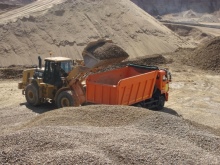

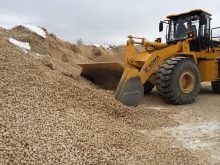
Characteristics and properties
Among the most significant parameters of the breed are the following:
- high level of strength;
- water resistance;
- the ability to heave;
- porosity of the structure;
- tendency to weathering;
- heterogeneous complex composition;
- gray-brown color.
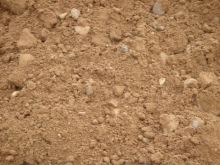
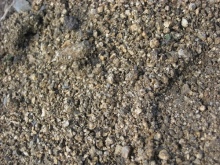
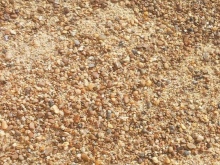
In addition, grit has some important properties.
- High filtering parameters (index of water resistance). The value reaches more than 100 m 3 / day.
- Low moisture content. Gruss almost does not absorb moisture due to its excessively dense internal structure.
- Relatively high density. This value largely depends on the depth of occurrence. Most often, the density is approximately 1800 kg or more per m3. The compaction ratio (indicates how dense the material will be after ramming) can vary slightly, but most often its value is 1.1–1.3.
- Relatively large mass. The weight of such a rock will reach slightly more than 2 tons per cubic meter. This value is called the specific gravity of the material.

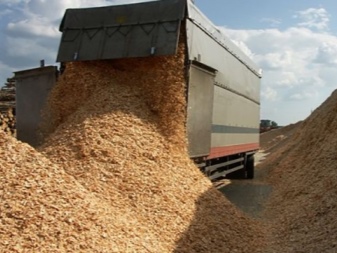
It should be remembered that this breed does not have good durability. In addition, it should not be used as a building material outdoors due to its poor resistance to various weather conditions.
This rock composition is formed from small particles, the diameter of which can be no more than 3-5 mm. At the same time, non-rolled elements that are large in size are called either grit or simply grit particles. In order to more accurately determine the main characteristics of the grit mined at a particular deposit, it is sent for a special study in the laboratory.
All the main parameters and properties that relate to grit can be easily found in GOST 8267-93.


Applications
Dresva can be used in a wide variety of areas.
- Often it is this breed that is taken for the correct laying of paving slabs. In this case, the material will need to be mixed together with gravel and crushed stone. Such a combined composition, when cured, has the required level of strength. It will allow you to make the most reliable and durable tile laying.
- And also this natural material can be used to create a solid foundation. In this case, grit is added to the cement slurry. Such an additional component will make the structure much more durable and strong.
- In addition, the material is often purchased for filling the sinuses of a ready-made foundation. The product will be the best option for such purposes, as it has water resistance and other important characteristics. Since grit has a low cost, processing will be as cheap as possible.
- Sometimes such sedimentary compositions are acquired to raise the level and level the areas. This is done using backfill, which is carried out either before the start of construction work, or at the end. In the first case, the surface is leveled in order to facilitate access to various objects on the site. And also it will make it possible to make a temporary parking for cars.
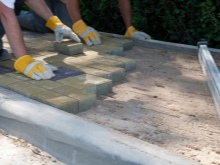
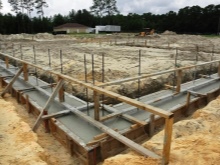
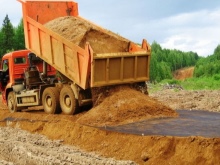
In the second case, the sedimentary composition is used to backfill the trenches and pits formed after construction work. Grit can make a high-quality basis for the formation of a courtyard, which will subsequently be filled with cement mortar or asphalt. This soil can also be suitable for plots that will later be used for orchards and vegetable gardens. Various household objects can be installed on such surfaces.
If you need to raise the level of the site, then you should form a rather thick layer of the material, and then make a thorough and as dense tamping. It will produce a slight shrinkage of the rock, so it will not be necessary to add the composition over time.
If you need to raise the soil to a considerable height or just strengthen it, then you can also use this rock material, but still more often they use a special rock composition.
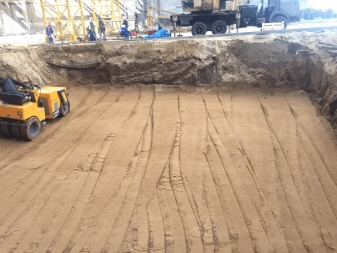
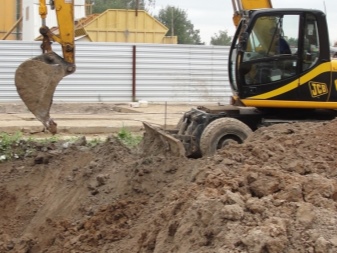
- Grit can be suitable for fertilizing various plants, because it has a porous structure and is transformed by processing stones. Such components contain in their composition a huge amount of nutritious and useful elements, minerals, it is they who act as fertilizer for garden plots. Sometimes small unpretentious shrubs and grasses are planted on the bases formed from gruss. But this can be done only on compositions with organic impurities, otherwise you will have to lay a layer of black soil or special plant soil on top. In the process of continuous destruction of stones, the composition will constantly interact with the soil and saturate it, it makes the land much more fertile, and also allows you to significantly increase the level of productivity and survival of new vegetation.
- Dresva is actively used in the fight against ice in the winter. For these purposes, environmentally friendly natural material should be as small as possible. Small particles have excellent abrasive properties.
- Sedimentary rock is sometimes used to prepare the base for cement. In this case, the composition must be thoroughly processed with grinding. When adding reagents to the mass, high-quality lime can be obtained.
- Dresva will be the best option for the formation of a drainage layer. After all, it boasts a low moisture capacity, such a composition will not absorb water.
- Increasingly, they are dumping paths, pits from this breed, and road works are carried out with its help. When landscaping areas, small particles of soil will be a good option, they will make it possible to reclaim the land, form the backfill of yards and park paths. But at the same time, when building reliable structures, including residential ones, it is impossible to use such material, since it does not have the required level of strength and cannot provide adequate reliability.

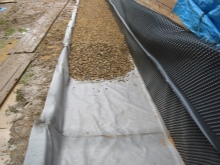
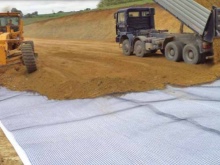













The comment was sent successfully.